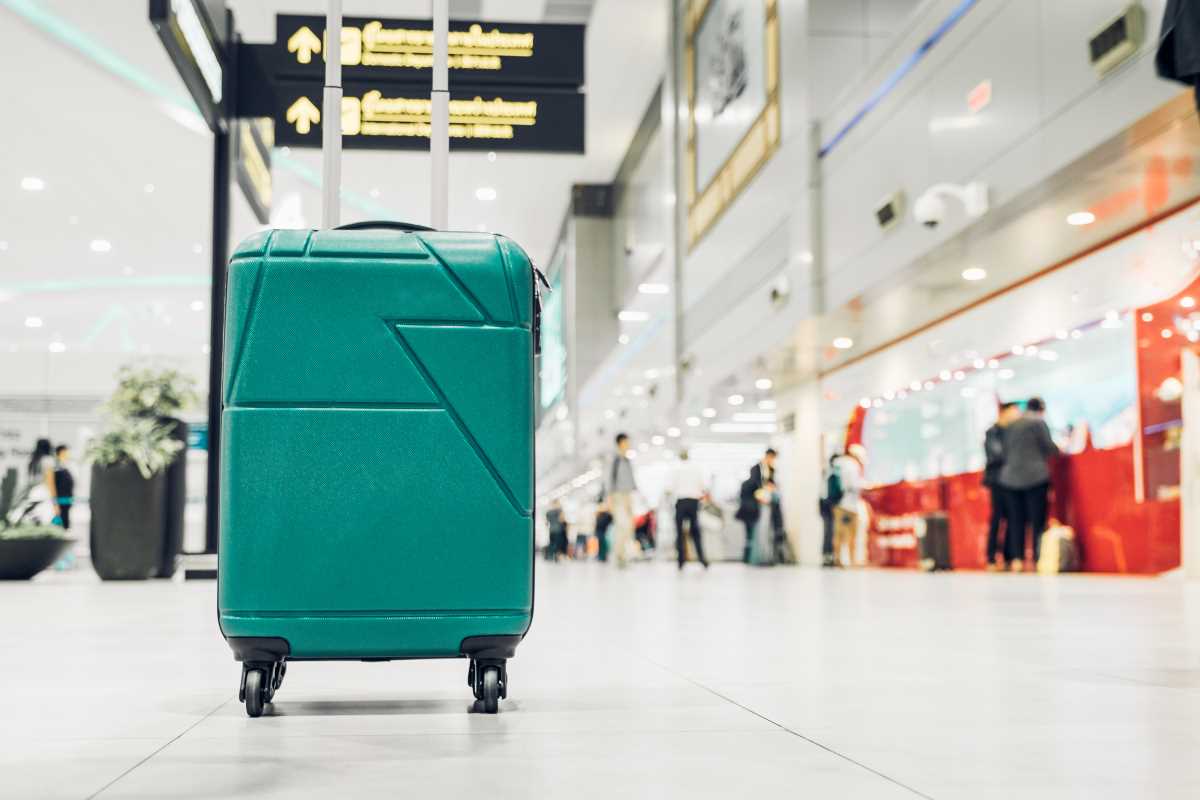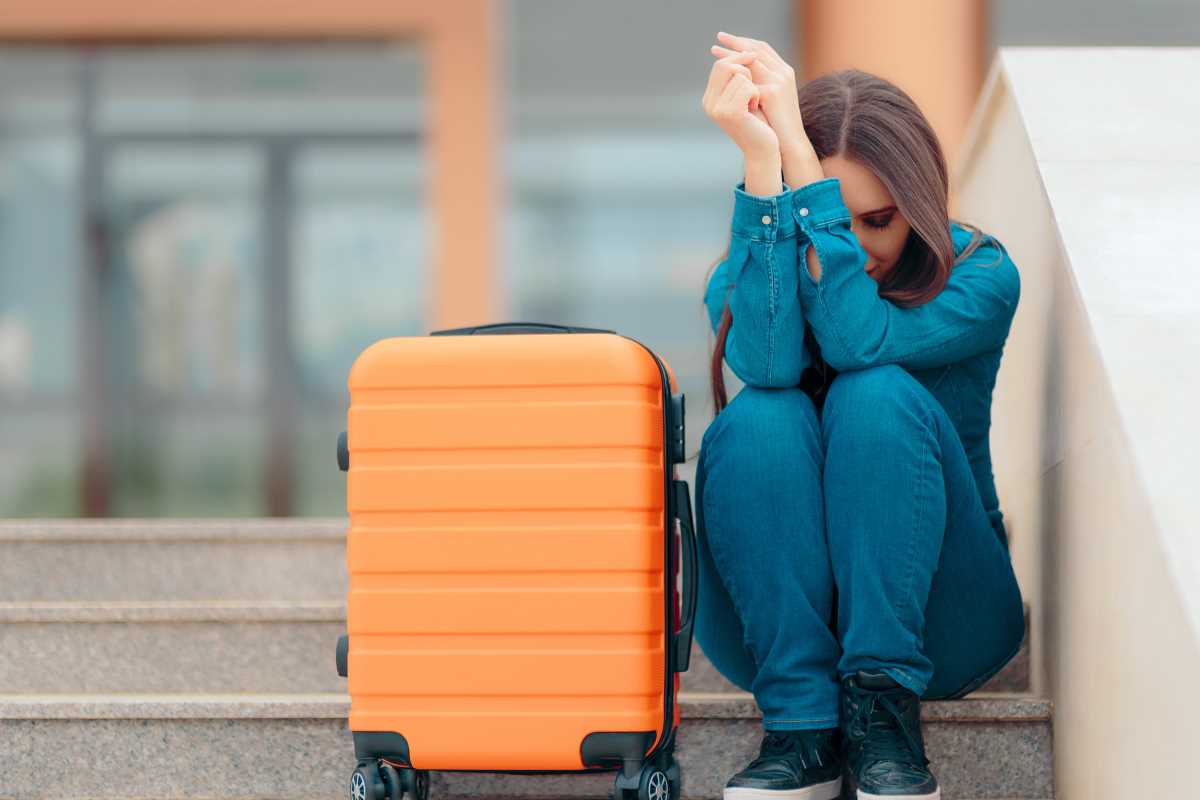Traveling overseas sparks excitement, but when it comes to packing, many of us feel overwhelmed. Whether you’re headed out on your first international trip or you’re a seasoned globetrotter, finding the sweet spot between packing light and being fully prepared can be tricky. The goal is to streamline your luggage without compromising on essentials. Good news? Packing light but smart is a skill you can master with a little thought and strategy. By focusing on versatile items, understanding key packing rules, and using some clever hacks, you’ll be ready for any adventure that comes your way. This guide will teach you how to pack efficiently, so traveling feels less like a chore and more like the joy it should be.
Start with the Essentials
The best way to start packing is by focusing on your essentials. These are must-haves that you can’t afford to forget, no matter where you’re headed. Here’s a handy checklist to get you started:
- Travel Documents and Money: A valid passport and any required visas are non-negotiable. Keep them in an easy-to-access, secure pouch or wallet. Carry at least one credit card (preferably one without foreign transaction fees) and some local currency for small purchases. Have a backup payment option like a debit card, just in case.
- Medications and Small First-Aid Kit: If you take prescription medications, pack enough to last a little longer than your trip in case of delays. A compact first-aid kit with essentials like pain relievers, band-aids, and motion-sickness tablets can save the day.
- Clothing Basics: Think about the weather at your destination and pack light, layerable options that can adapt to different temperatures. A capsule wardrobe (covered in detail below) will simplify your choices.
- Electronics & Chargers: Don’t forget your phone, an international universal adapter, and charging cables. Note that universal adapters help fit your devices into foreign outlets, but they don’t convert voltage. If your devices are not dual-voltage, you’ll need a voltage converter to avoid damage.
Create a Capsule Wardrobe
Clothing is often where people overpack. To avoid this, pack a capsule wardrobe, which means choosing a small number of versatile pieces that can mix and match into several outfits. Stick to a neutral color palette with one or two accent colors. Here’s a sample breakdown:
- Tops: Pack 3-4 tops, including casual t-shirts, a dressier option, and a long-sleeved shirt for layering.
- Bottoms: Two to three options are enough, such as jeans, lightweight trousers, and shorts or a skirt.
- Outerwear: Bring one durable jacket, ideally waterproof if there’s a chance of rain. For colder climates, a packable down or thermal coat does the trick.
- Shoes: Two pairs should suffice. Opt for comfortable walking shoes and something more refined, like loafers or ballet flats. Flip-flops are useful for beach trips or shared showers.
- Undergarments and Socks: Bring enough for a week and plan to do laundry during your trip.
- Accessories: A scarf or pashmina can be a lifesaver. Use it as a wrap for chilly evenings, an airplane blanket, or sun protection.
Rolling your clothes instead of folding them saves space. Using packing cubes takes it a step further by organizing your clothing and keeping it compressed.
Toiletry Management
Toiletries can quickly add unnecessary bulk to your bag, so be selective. Invest in reusable 3.4-ounce (100-milliliter) travel bottles to store essentials like shampoo, conditioner, and body wash. If possible, choose solid toiletries like bar soap or shampoo bars to save space and avoid leakage.
Most accommodations provide basics such as soap and shampoo, so double-check before packing. Essentials to include are:
- Toothbrush and toothpaste
- Deodorant
- Sunscreen
- Face wipes or travel-friendly cleansing products
- A small hairbrush or comb
If you wear makeup, go for dual-purpose products like a lip-and-cheek tint to lighten your load. Remember, all liquids, gels, and aerosols in carry-ons must fit into a quart-sized bag to comply with TSA’s 3-1-1 rule.
Choose the Right Bag
Your choice of luggage can make or break your travel experience. For trips under two weeks, a carry-on bag is usually sufficient. Not only do you avoid checked bag fees, but you also skip the waiting game at baggage claim. Most international airlines allow carry-ons no larger than 21.5 x 15.5 x 9 inches and may impose weight restrictions of 15 to 22 pounds. Always check your airline’s specific regulations to avoid surprises at the gate.
If your trip requires additional gear or you’re gone for an extended period, a medium-sized checked bag may be necessary. Choose one that's lightweight, durable, and easy to maneuver with high-quality wheels.
Complement your main luggage with a small daypack or foldable tote. This can hold your daily essentials like a water bottle, snacks, and a guidebook as you explore.
Space-Saving Hacks
Space-saving techniques can work wonders when you’re packing light:
- Wear the Bulky Stuff: To save space in your bag, wear heavier items like boots, jackets, and hats on the plane. You’ll stay warm during the flight and streamline your luggage.
- Use All the Empty Spaces: Fill shoes with socks, chargers, or small items to make the most of every nook and cranny in your bag.
- Compression Bags: If you’re packing bulky clothing like sweaters, use compression bags to flatten them and create extra space.
- Go Digital: Replace physical guidebooks and maps with apps and PDFs on your phone or tablet. This saves both space and weight.
Keep Electronics Minimal
Electronics often add unnecessary bulk. Think carefully about what you need. Essential items include:
- A smartphone with offline maps and apps installed
- A universal adapter (and voltage converter if required)
- A portable charger for long days out
If you’re not working remotely or editing photos, consider leaving bulkier items like laptops and tablets at home.
Plan for Laundry
Traveling light frequently involves doing laundry on the go. Most hotels and hostels offer laundry services, or you can visit a local laundromat. If needed, hand-washing is simple with travel detergent and a sink stopper. This allows you to pack fewer clothes without compromising cleanliness.
Research Before You Leave
Before packing, do some research on your destination’s rules and climate to ensure you’re well-prepared:
- Local Weather: Check the forecast for your destination during your travel dates. Pack for rain if it’s monsoon season in a tropical area or for layers if you’re headed somewhere cooler.
- Cultural Norms: Some countries have specific dress expectations, especially for religious sites like temples and mosques. Research and pack accordingly to show respect for local customs.
- Airline Policies: Verify your airline’s carry-on size and weight restrictions to avoid costly fees or last-minute repacking at the airport.
Packing light for an overseas trip takes effort, but the payoff is worth it. With a little planning and the right strategies, you’ll travel comfortably without the burden of lugging around heavy bags. Above all, focus on the essentials and be prepared to do a little laundry on the road. The less you pack, the more freedom you’ll feel to enjoy the adventure ahead.







